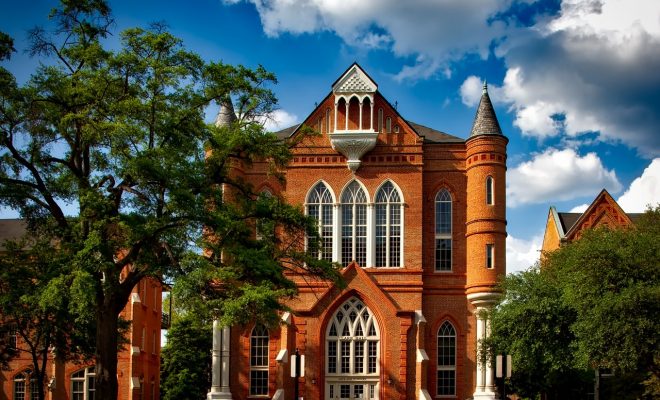These Tips Will Help Higher Education Leaders Improve Their Graduation Rates

It’s always nice to see students enrolled in a university but what is arguably a better indication of the impact of higher education on learning is the rate of students who graduate at each institution. There are many reasons why students enroll in a university and may fail to graduate.
Looking at it broadly, it could be a question of accountability or transparency. Is the school staff not paying attention to issues brought up by students? It could be a question of quality. Are the teaching staff doing their best in terms of passing instructions? Is it an economic problem? Can students afford tuition?
The good news is that most or all of these reasons can be addressed by implementing certain strategies. The strategies will be outlined below.
Using Tech To Combat Low Graduation Rates
It’s a tech world. We know this, but the phrase means nothing if tech solutions are not being used to solve the world’s most pressing problems. Universities must step into the realities of the world we live in and be ready to adopt technological solutions to solve their problems, including the low graduation rate.
Take, for example, the Starfish software. Many universities use the software to measure students’ progress, engagement, and academic milestones. The software is also used to collect valuable feedback, which can be used to improve certain parts of both administrative policies and classroom learning.
The software has so far demonstrated remarkable promise in linking students with achievable goals towards the completion of their degrees. More universities should adopt Starfish or similar technology.
Peer Pressure Can Be Positive
Research work carried out at DePauw University in Indiana showed that students who are not members of any particular group are likely to drop out. However, students who identified with groups like study groups, sororities, and fraternities, were likely to complete their degrees.
The conclusion of this study is simple— peer pressure can be used positively. In this case, encouraging students to be part of such groups can be used to increase the graduation rate of an institution.
Merge, Don’t Shut Down
Tuition fees aren’t the only costs that have spiked in recent times. The cost of running universities has increased too. This is due to increasingly low funding.
One of the solutions penciled to solve this problem includes merging universities to avoid closing them down. While this could lead to an increase in tuition, it could also increase the graduation rate, especially if the merger includes two institutions with similar features and goals.
With this, course credits can be transferred without fuss, and students can focus on completing their degree programs.
Employ Life Coaches
It is easy to assume tuition fees and academic problems are the only issues students face. This is what most administrators think.
A life coach is different from a therapist. Therapists are known for helping clients overcome problems from their past, while life coaches deal with present issues. A life coach can work with students to help identify non-academic problems, proffer solutions and implement them without dropping out.
No matter what the stats say, a low graduation rate is a problem that can be fixed. It only takes the willingness to try new solutions or modify previously attempted ones. Surely, the results will be of help to society.



